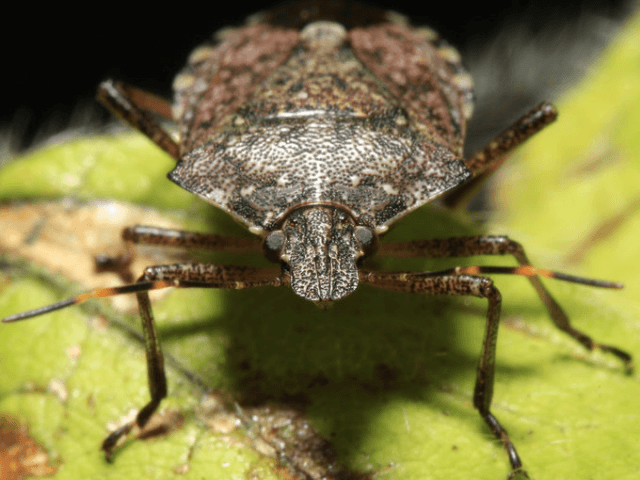Brown marmorated stinkbugs are hitting agriculturally rich Stanislaus County, infiltrating drought-stricken California with potentially devastating results.
This variety of stinkbug is native to eastern Asia and is believed to have first made its way to the United States in 1998 with an accidental shipment. The Modesto Bee reports that the original infestation occurred in Allentown, Pennsylvania.
The University of California UC Davis Agricultural and Natural Resources department details the spread of this non-indigenous stink bug. Bugs glom on to vehicles or furniture packed during moving. Invasions generally appear first in urban areas.
The first two bugs discovered in Stanislaus County were found not in agricultural areas, but outside a business and near a personal residence, according to the Bee. Stanislaus is home to significant walnut and almond crops. The bug is known for crop damage that can be severe.
“Among the most significant crop plants at risk in California are tomato, pepper, grapevines, apple, pear, and citrus,” specifies the UC Riverside Center for Invasive Species Research (UCR CISR). The feeding of the bug on fruit can lead to distortion, and the bugs can even act as contaminants.
The bug first appeared in the Western U.S. in Oregon in 2004. These bugs have also been found in Sacramento, Yolo, Sutter, Butte, Santa Clara and Los Angeles Counties, as well as the city of Stockton.
Eradicating this invasive species can be tough, as options are limited, according to the UCR CISR. Chemical control is the main available option. Researchers continue to look for “viable biological control agent(s).”
Follow Michelle Moons on Twitter @MichelleDiana

COMMENTS
Please let us know if you're having issues with commenting.